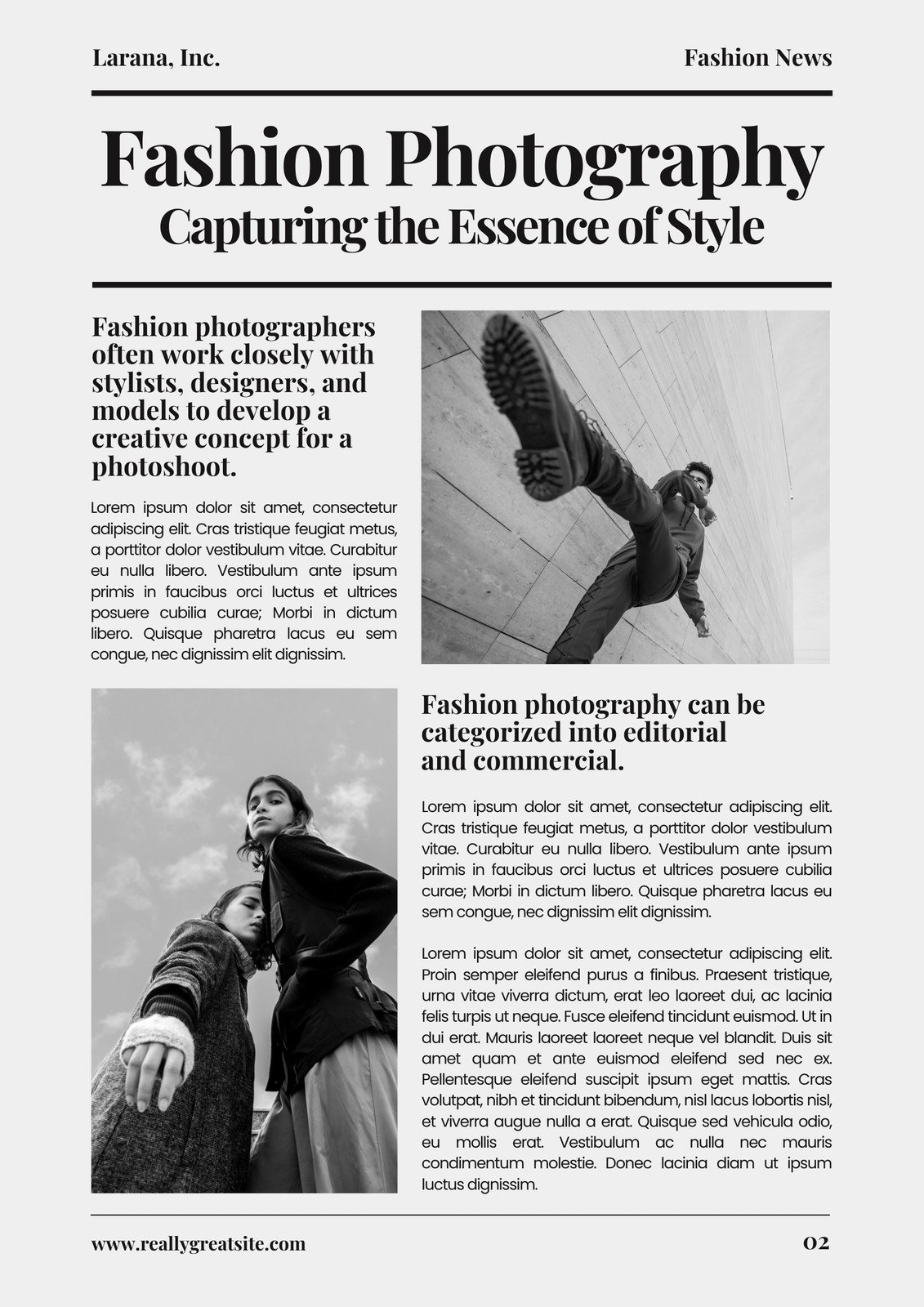Getting The News Articles To Work
Getting The News Articles To Work
Blog Article
7 Simple Techniques For News Articles
Table of ContentsNews Articles - The FactsSome Known Factual Statements About News Articles 5 Simple Techniques For News ArticlesRumored Buzz on News ArticlesSome Known Incorrect Statements About News Articles
Good expertise of different topics gives trainees an affordable edge over their peers. Although electronic and social media sites are easily accessible, we must not forget exactly how essential it is to review the papers. Parents have to attempt and inculcate the routine of reading a newspaper as an everyday regimen to proceed the tradition of the adored print tool.Newspaper article also contain at the very least one of the following vital attributes about the desired target market: closeness, prestige, timeliness, human passion, peculiarity, or effect. The associated term journalese is in some cases utilized, generally pejoratively, to refer to news-style writing. One more is headlinese. Papers generally follow an expository writing style.
Within these restrictions, information stories likewise aim to be detailed. Among the bigger and a lot more highly regarded papers, fairness and equilibrium is a major aspect in offering details.
Newspapers with an international target market, as an example, have a tendency to make use of a more formal style of composing. The certain options made by a news electrical outlet's editor or editorial board are commonly gathered in a style overview; typical design overviews include the and the US News Design Publication. The major goals of information writing can be summarized by the ABCs of journalism: accuracy, brevity, and quality.
The smart Trick of News Articles That Nobody is Talking About
As a regulation, journalists will not make use of a lengthy word when a brief one will certainly do. News writers try to avoid making use of the exact same word much more than as soon as in a paragraph (occasionally called an "echo" or "word mirror").
Headlines in some cases omit the topic (e.g., "Jumps From Watercraft, Catches in Wheel") or verb (e.g., "Feline woman fortunate"). A subhead (likewise subhed, sub-headline, subheading, subtitle, deck or dek) can be either a subordinate title under the major headline, or the heading of a subsection of the write-up. It is a heading that precedes the primary message, or a group of paragraphs of the primary message.

Additional billboards of any of these types might show up later in the short article (particularly on subsequent pages) to tempt further reading. Such signboards are additionally utilized as guidelines to the short article in various other sections of the magazine or website, or as promotions for the item in other publication or sites. Regular framework with title, lead paragraph (summary in vibrant), other paragraphs (information) and get in touch with info.

Example of a hard-lead paragraph NASA is recommending an additional room project. The company's budget demand, introduced today, included a strategy to send another objective to the Moon. This time around the company wants to establish a lasting center as a jumping-off place for other space journeys. The budget requests approximately $10 billion for the task.
The NASA news came as the firm requested $10 billion of appropriations for the project. An "off-lead" is the 2nd most crucial front page information of the day. The off-lead shows up either in the visit this website leading left edge, or directly listed below the lead on the right. To "bury the lead" is to start the post with background details or information of additional value to the readers, requiring them to read more deeply into a short article than they should need to in order to find the necessary points.
Some Ideas on News Articles You Should Know
Common usage is that one or more sentences each create their own paragraph. Journalists usually explain the company or framework of a newspaper article as an inverted pyramid. The important and most fascinating aspects of a tale are placed at the beginning, with sustaining information following in order of decreasing value.
It permits individuals to discover a subject to just the deepness that their curiosity takes them, and without the imposition of information or nuances that they might take into consideration unimportant, yet still making that information readily available to extra interested viewers. The inverted pyramid structure likewise allows write-ups to be cut to any arbitrary size during layout, to Going Here suit the area offered.
Some writers begin their stories with the "1-2-3 lead", yet there are many kinds of lead available. This format inevitably begins with a "Five Ws" opening up paragraph (as described over), complied with by an indirect quote that offers to support a significant aspect of the first paragraph, and afterwards a direct quote to support the indirect quote. [] A kicker can describe multiple things: The last tale current broadcast; a "happy" story to end the show.
Longer write-ups, such as magazine cover short articles and the items that lead the within sections of a paper, are called. Feature stories vary from straight news in several methods. Foremost is the lack of a straight-news lead, a lot of the moment. Instead of using the essence of a story in advance, feature writers may try to entice readers in.
A Biased View of News Articles
A function's initial paragraphs frequently associate an interesting moment or event, as in an "unscientific lead". From the particulars of a person or episode, its sight swiftly broadens to generalities about the story's subject.

The Editor's Toolbox: A Reference Overview for Beginners and Professionals description (2001) Allan M. Siegal and William G. Connolly. The New York City Times Handbook of Style and Usage: The Authorities Design Guide Used by the Writers and Editors of the World's Most Authoritative Newspaper (2002) M. L. Stein, Susan Paterno, and R.
Report this page